Calathea Concinna Freddie
Original price was: ₹400.₹99Current price is: ₹99.
30 in stock
Description
Quantity: A single plant with roots cased in a coconut peat bag.
Calathea Leopardina (ka-LAY-thee-uh leh-prd-ee-nuh) is also known as Calathea Concinna Freddie.
You may also hear it referred to as Zebra Plant or as Prayer Plants, a common name for all Calathea plant varieties.
This attractive tropical perennial member of the Arrowroot or Marantaceae (mar-uhn-tase-ay-e) family of plants is native to the rainforest floors of tropical South America, specifically Brazil?s northwestern regions.
Calathea Freddie Care
Plant Size And Growth
Freddie can grow to be a couple of feet high with an equal spread.
In the perfect spot Freddie?s bold foliage has leaves of deep green with lighter green zebra stripes giving it a striking and dramatic appearance.
As with many varieties of Calathea, they are nyctinastic. The leaves fold overnight and open in the morning.
Flowering And Fragrance
It is unusual for Calathea to bloom indoors. But Freddie will reward you with very sweetly scented white blooms in the springtime under just the right conditions.
Light And Temperature
Calathea Leopardina likes partial shade and does well in a setting with moderate to bright indirect lighting. It does tolerate low lighting but not direct sunlight.
Keep your Calathea Concinna in a consistently warm setting, ranging from 65?-85? degrees Farhenheit. Be careful not to allow temperatures to drop below 60? degrees Farhenheit.
These plants are winter hardy in USDA hardiness zones 10-11.
Protect your Calathea from hot or cold drafts. Do not place the plant in front of an air conditioning or heating vent or near an exterior door. Freddie is not fond of over-watering or cold weather.
Watering And Feeding
Generally speaking, Freddie likes the soil moist. A weekly or bi-weekly watering schedule is good. Remember that brighter light exposure will cause a need for more watering.
Check the plants? soil often. When the top two inches of soil feel dry to the touch, water thoroughly.
The lower layers of soil should always stay moist but not soggy. Provide ample drainage and never allow the plant to stand in water to avoid root rot. Always use a pot with drainage holes.
As a tropical rainforest plant, Calathea Leopardina likes high humidity.
Keep humidity levels high through the use of a humidifier or by placing the plant on a tray of pebbles with a little water.
e careful not to allow the bottom of the plant?s container to contact the water. The idea is to allow the water to evaporate, increasing the humidity levels surrounding the plant.
It is also a good idea to mist it daily. Group several potted plants so that they can keep and share humidity.
Fertilize lightly with a standard houseplant fertilizer a couple of times a year. Provide the first feeding early in the springtime, and provide the second feeding mid-summer.
Or fertilize with a weak nitrogen-rich fertilizer solution a couple of times per month throughout the spring and summer.
Soil And Transplanting
Repot fast-growing Calatheas every year or two in the springtime or early in the summer.
Be sure to use a light, well-draining potting mix to prevent root rot. A mixture of equal parts, coco coir, perlite, potting soil, and coarse sand, works well.
Water the plant thoroughly the day before repotting, and moisten the new potting mix before using it. Choose a pot with good drainage, one size larger than the existing pot.
If you are dividing your Calathea, you may opt for smaller pots.
Grooming And Maintenance
Examine the plant often and prune off any damaged or dead leaves. Wipe the remaining leaves down periodically with a clean, damp cloth to remove dust. This practice will improve the plants? ability to absorb moisture and aspirate.
Propagate Calathea Concinna Freddie
Propagate Calathea by division in the springtime when you repot.
Knock the entire root ball out of the pot. Loosen roots and remove the soil and carefully separate and pull them apart. Make sure each division includes a healthy offset.
Plant each new division in its own pot using a rich, well-drained and porous potting soil. Place the newly potted plant in a shady location and keep the soil moist (not wet). Use a rich, well-drained and porous compost.
Calathea Freddie Pest Or Diseases
Most problems experienced by this plant are the result of improper watering and excess water.
If you underwater your plant, you will find your Calathea leaves curling, brown leaf tips, and wilting leaves. If this happens, give the plant a good soak for about 20 minutes. Allow the top two inches of soil to dry before providing another thorough watering.
If you overwater, you will notice yellow leaves and a blackened base. If this happens, trim back damaged foliage and allow the soil to dry well before watering again.
You may need to replant into a clean, new pot with completely fresh soil if root rot has set in. If you do repot, examine the roots and trim away any dead, damaged, or rotted roots before repotting.
Spotted leaves may come from a fungal infection or mineral buildup caused by watering with tap water. It?s better to water with distilled water. If you cannot do this, at least allow tap water to sit out overnight to dissipate some of the chemicals.
Also, poorly cared for plants are susceptible to infestation by common houseplant pests, such as spider mites.
NOTE: Freddie is a non-toxic, pet, and kid-friendly plant. Even so, it would be best if you kept it out of the reach of kids and pets for its protection.
Only logged in customers who have purchased this product may leave a review.

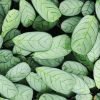
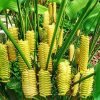
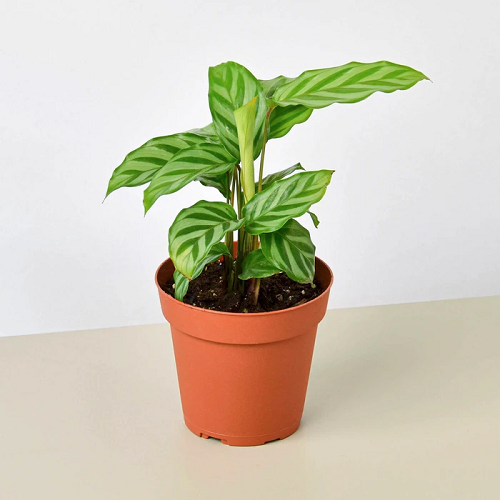

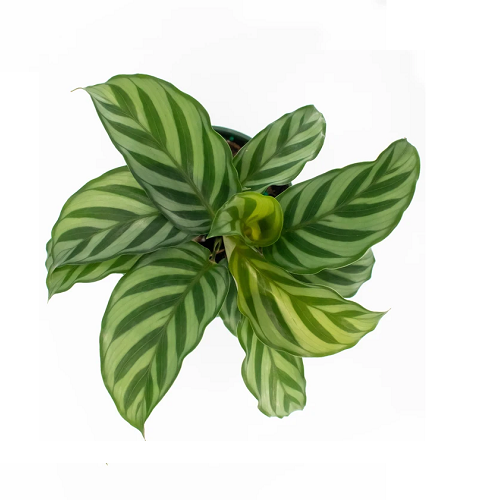
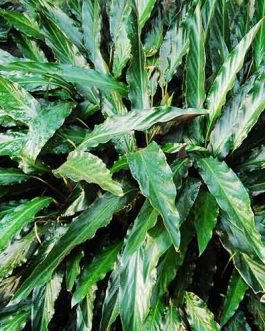
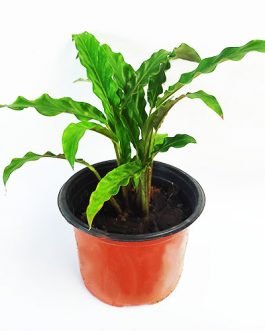
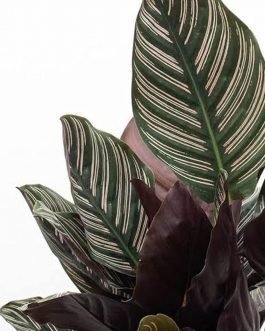
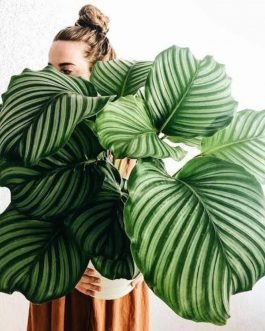
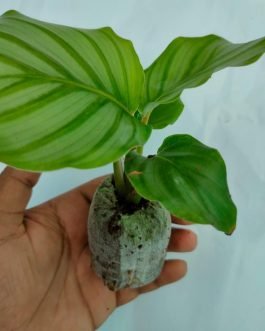
Reviews
There are no reviews yet.